Remote Password Stealer
Deleting Remote Password Stealer In Just Few Steps
Remote Password Stealer related similar infections| Ransomware | Evil Ransomware, .ezz File Extension Ransomware, Bitcoinpay@india.com Ransomware, Il Computer Bloccato ISP Ransomware, Jigsaw Ransomware, MadLocker Ransomware, Los Pollos Hermanos Crypto Virus, Yakes Ransomware, SamSam Ransomware, NCrypt Ransomware, PadCrypt Ransomware, Space_rangers@aol.com Ransomware |
| Trojan | HPWG, Trojan-Downloader.Win32.Delf.wlb, IEThief Trojan, TROJ_MONDER.RON, Trojan.VxGame, Quest Trojan, Obfuscator.LD, Troj/DwnLdr-KJW |
| Spyware | Spyware.DSrch, Windows Custom Settings, IcqSniffer, Vnbptxlf Toolbar, Toolbar888, SchijfBewaker, Adssite |
| Browser Hijacker | Search.fantastigames.com, IGetNetcom, Buy-security-essentials.com, Privitize VPN, Beamrise Toolbar and Search, Globososo Virus, Lip.pack.net, Assureprotection.com, CoolWebSearch.sys |
| Adware | Adware.Dealio.A, Vtlbar, CashPlus.ad, LiveSupport, Coupon Genie, CoolWebSearch.iefeats, SweetIM, TopMoxie |
Safely Delete Remote Password Stealer From Infected Windows System
Remote Password Stealer is a harmful program which is reported to infect number of Windows System. Like other Windows System infection, it also intrude silently in its targeted Windows System. It is difficult to detect its existence because the threat run all its malicious process in the background of Windows System. The first thing this threat do after invasion is to modify Windows System settings. Through this way it get the persistence to execute its malicious services freely. Most of the user don't know how this threat come in their Windows System because it comes via tricky ways like bundled with software, spam email, infected site etc. This nasty program not let you do any activity properly even you can't surf Internet properly. In addition, it is also reported for bringing other malware which badly damage the Windows System. Presence of this threat also put your privacy on risk. So if you don't want to suffer these issue then Delete Remote Password Stealer now.
Method 1 : Start Your Windows System In Safe Mode With Networking
Method 2 : Deleting Remote Password Stealer From Control Panel
Method 3 : Deleting Remote Password Stealer From Registry Editor
Method 4 : Block Related Process To Remote Password Stealer From Task Manager
Method 5 : Deleting Remote Password Stealer From Internet Explorer
Method 1 : Start Your Windows System In Safe Mode With Networking
For Windows XP/Vista/7
- Open the 'Start' menu > click on 'Restart' option.
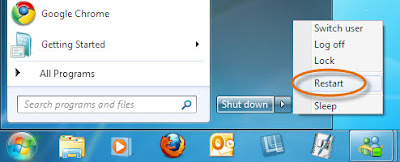
- Continue pressing 'F8' button when the Windows System start booting.

- It will open 'Advance boot menu' on the screen.

- Now choose 'Safe Mode With Networking' > press Enter.
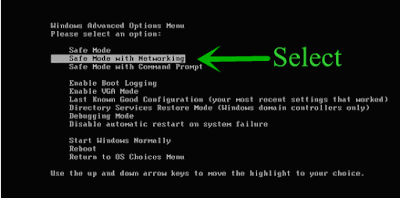
For Windows 8/10
- Go to 'Start' menu and click on 'Restart' button by holding shift button.
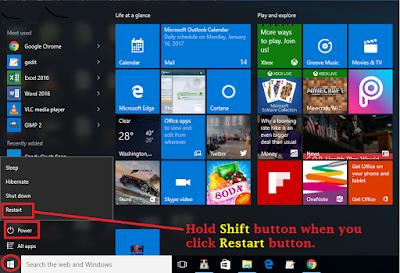
- From the opened window, Select 'Troubleshoot' option.
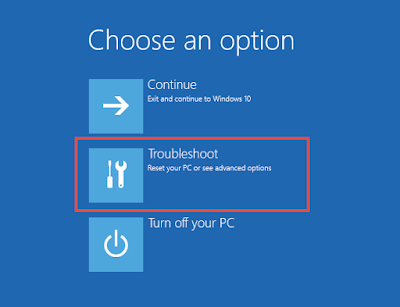
- After that click on 'Advanced' Options.
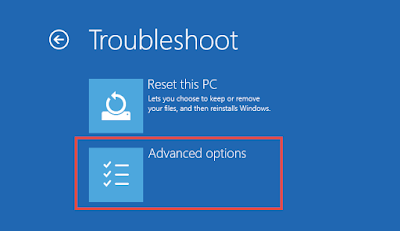
- Then Select the 'Start-up Settings' option.
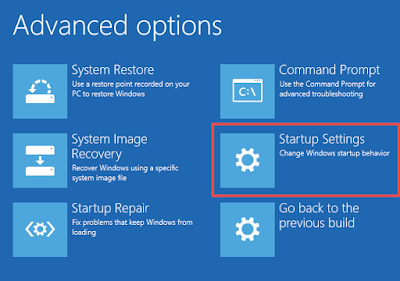
- Choose 'Enable Safe Mode option' then click on Restart.
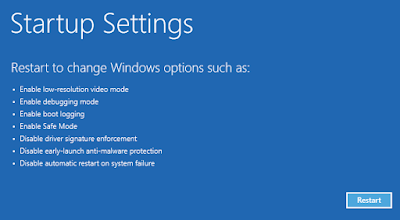
- Finally select 'Safe Mode With Networking'.
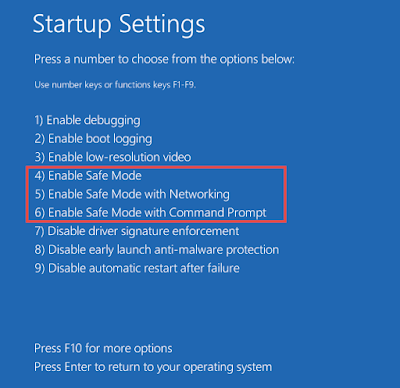
Method 2 : Deleting Remote Password Stealer From Control Panel
Delete Remote Password Stealer From Windows XP
- From the start menu, click on 'control panel'.
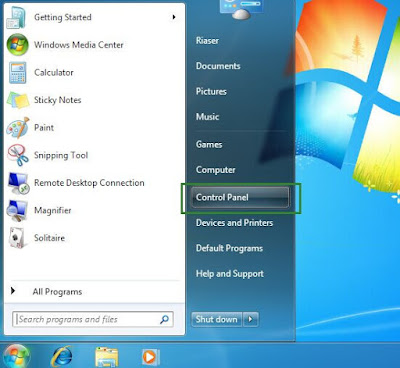
- Then go to Add or Remove programs option.
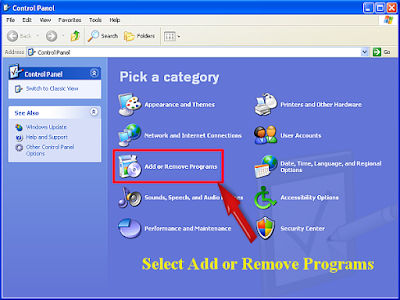
- Find out and Delete Remote Password Stealer related program from Windows System.
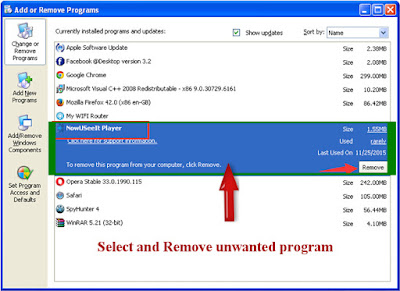
Delete Remote Password Stealer From Windows 7
- First of all, press the 'Windows' button.

- Then select Control Panel from start menu.

- From the program menu, select remove a programs option.
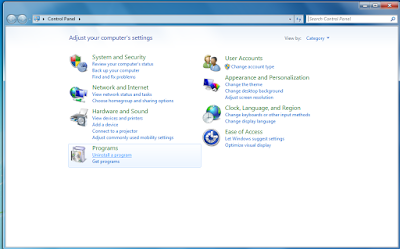
- Then select Remote Password Stealer related program and remove them.
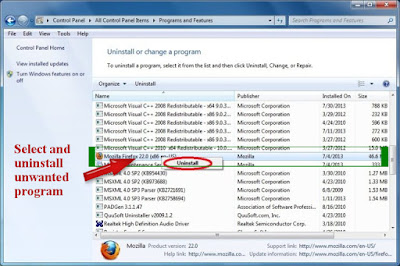
Delete Remote Password Stealer From Windows 8
- Open the Run Box by pressing Win+R key together.

- In the Run box type 'control panel' and press Enter.
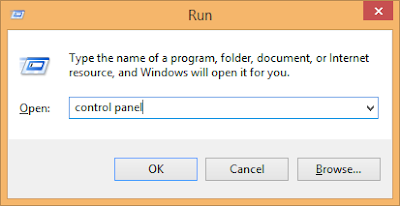
- Then Click on the uninstall a program option.

- Right-click on Remote Password Stealer related, click on remove option.

Delete Remote Password Stealer From Windows 10
- From the start menu select the Settings option.

- Then you have to select system option.
- Then click on the Apps and Features option.
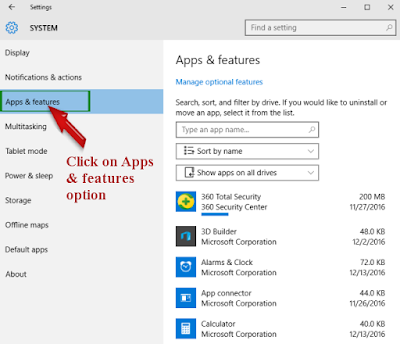
- Search for Remote Password Stealer related program and Delete them.
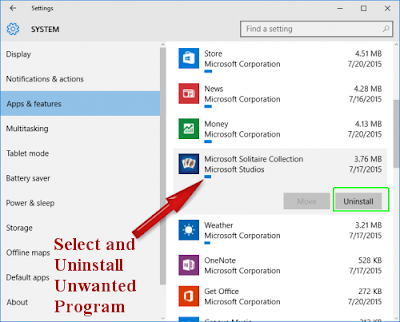
Method 3 : Deleting Remote Password Stealer From Registry Editor
- You have to press Win + R keys together to open Run window.

- After that type 'regedit' in the box and click on OK.
- Find out Remote Password Stealer related registry and Delete them.
HKEY_LOCAL_MACHINESYSTEMCurrentControlSetServicesWpm
HKEY_CURRENT_USERSoftwareMicrosoftInternet ExplorerMain 'Default_Page_URL'
HKEY_LOCAL_Machine\Software\Classes\Remote Password Stealer
HKEY_CURRENT_USER\Software\Microsoft\Windows\CurrentVersion\Run '.exe'
HKCU\Software\Microsoft\Windows\CurrentVersion\Internet Settings\random
HKEY_LOCAL_MACHINE\SOFTWARE\Microsoft\Windows\CurrentVersion\run\random
HKEY_CURRENT_USER\Software\Microsoft\Windows\CurrentVersion\Internet Settings 'CertificateRevocation' = ’0





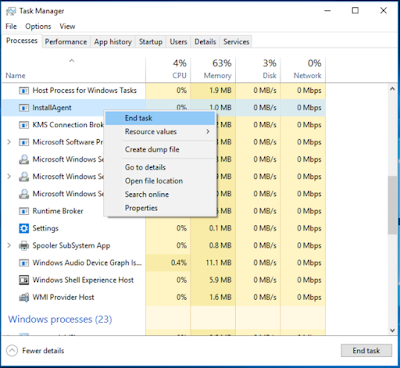
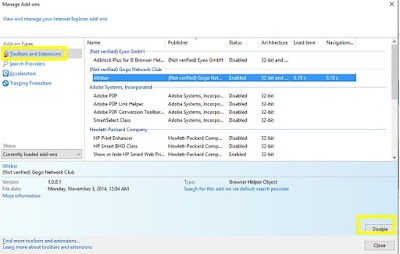

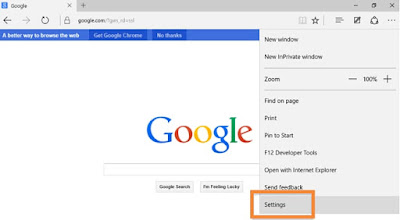
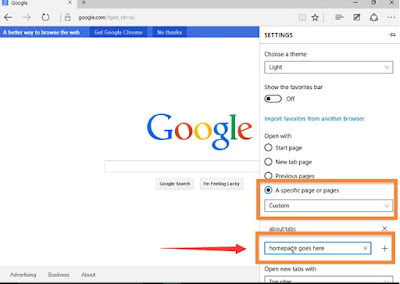
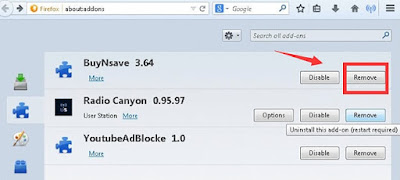
No comments:
Post a Comment